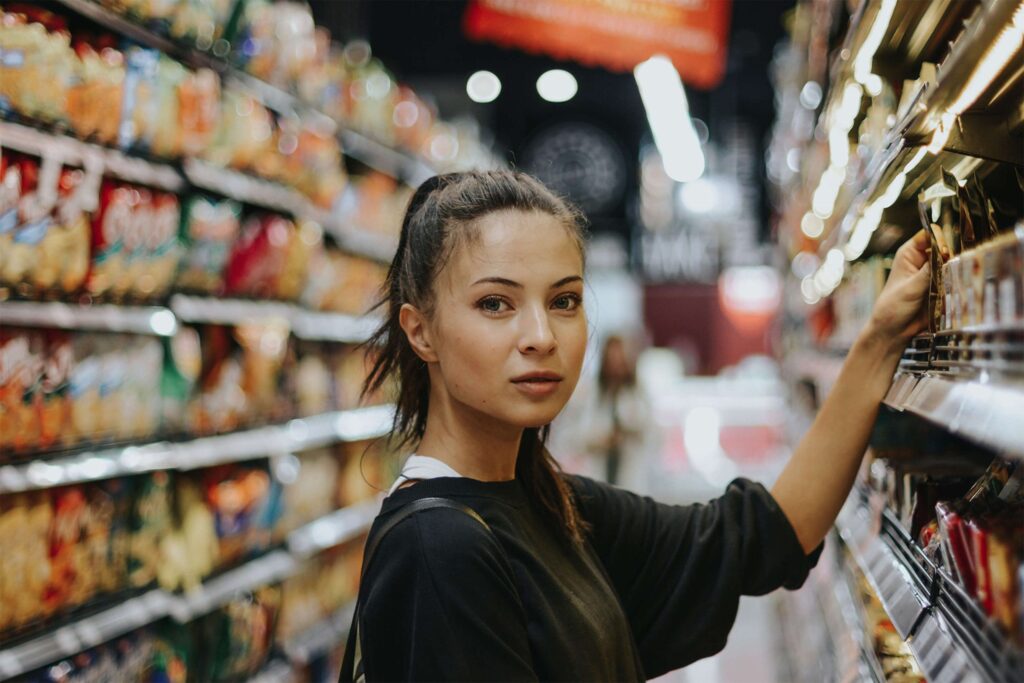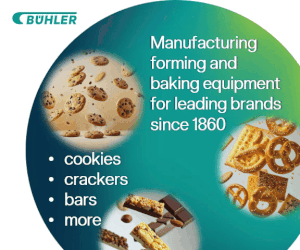NEW YORK, NY — The COVID-19 pandemic has caused not only great changes in consumer behavior but also possible long-term effects. Over a relatively short time, people have simultaneously changed their shopping, eating and cooking behaviors, and those evolutions are still surfacing in 2021.






